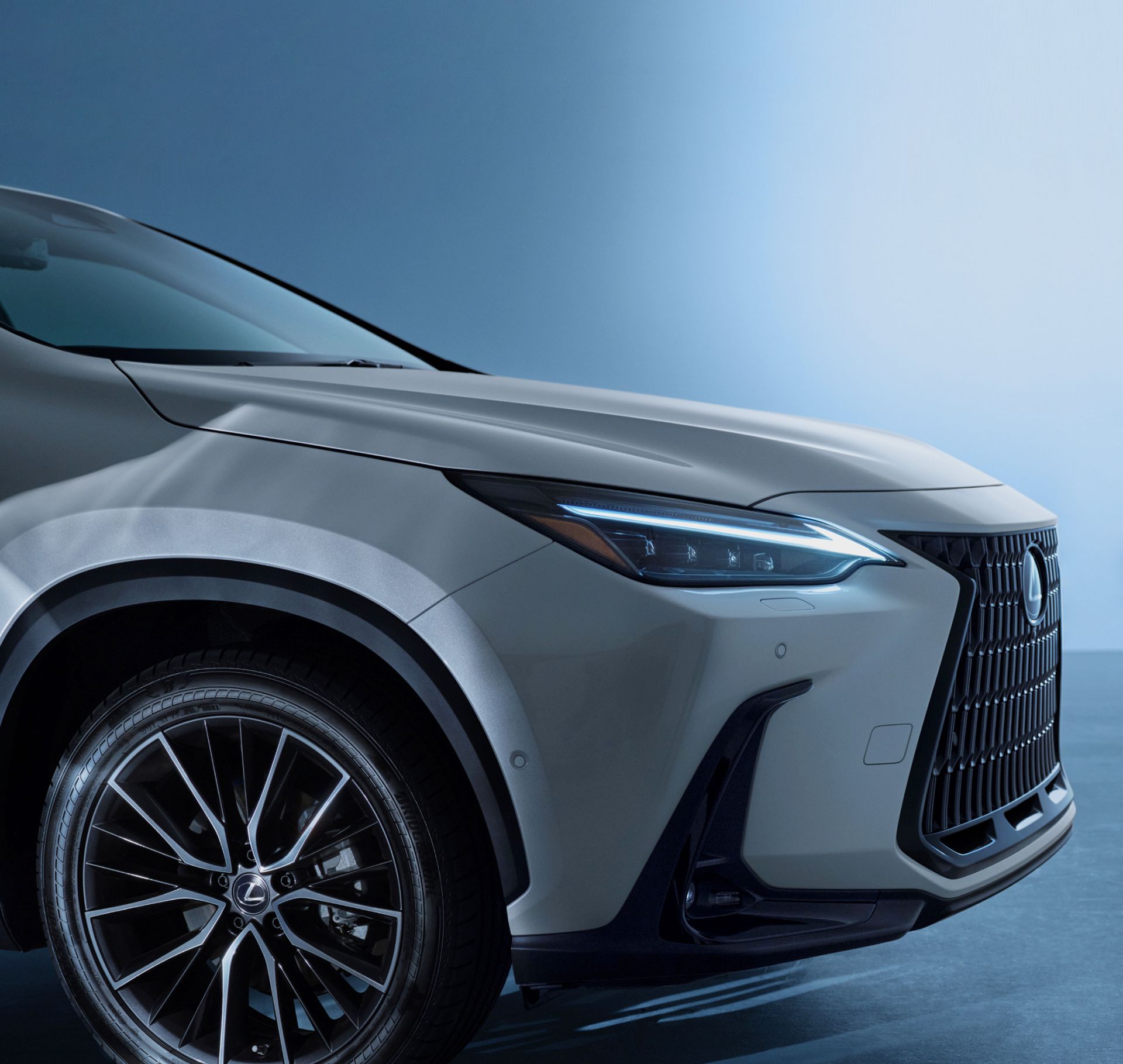Featured
- GR GT, GR GT3, and Lexus LFA Concept World Premiere
Born from the powerful vision and strong passion of Master Driver Morizo, this new era is defined by three exceptional models: the GR GT, the GR GT3, and the Lexus LFA Concept.
- Lexus Electrified: A Bold New Direction
Since 2005, Lexus has been at the forefront of pioneering electrification in the luxury market.


